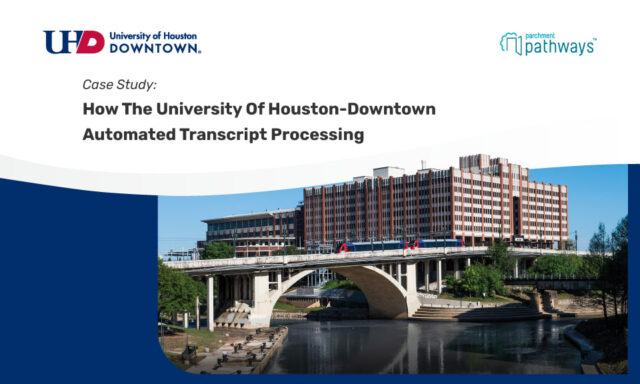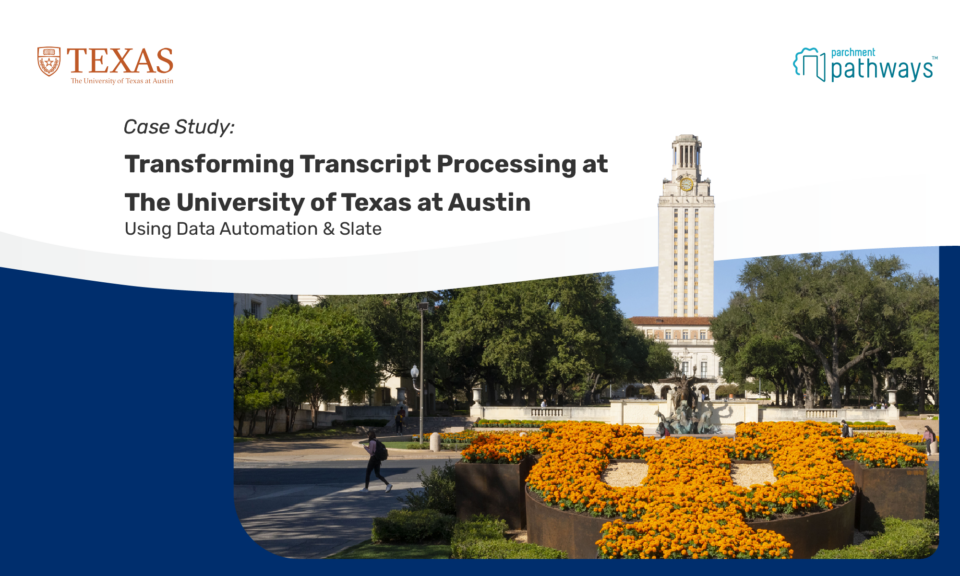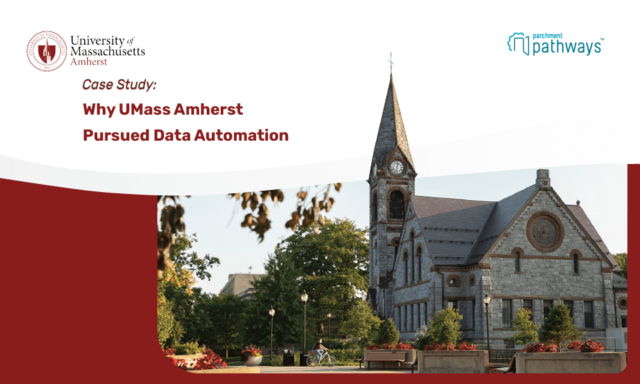A Solution That Works
One of the most common concerns around OCR technology is the accuracy of the data. After all, if intense quality assurance is required on each data set, the efficiency is lost. Tom Picklesimer highlights the accuracy of Data Automation, “It’s been extremely accurate. We can really rely on this data. It’s been about 95% accurate. If there are errors, they are readily visible. It’s been a night and day difference from what we were doing in the previous cycle. We are receiving around 50,000 transcripts so when you’re talking about that kind of scale, it’s nothing short of remarkable.”
Allison describes the stark contrast from their previous process to their current state by saying, “We’ve been able to move from a team of 100 temporary staff to a team of around 30. We have a consistent process that can scale. Data Automation has been a game-changer for us. If we didn’t have a tool like this, we would be in a lot of pain.”
Exceptional Customer Service
Of course, implementing the right technology is just the initial phase. Supporting the technology and the institution are necessary elements for ongoing success. Tom describes his experience working with the Data Automation team, “Everyone has been phenomenal. If there were any challenges, it was resolved in very short order.” Allison Radke was equally impressed, “Customer service has been exceptional. The team has been extremely responsive and patient. They made sure everything was working according to our desires. It was night and day compared to our previous vendor. They took the time to explain what was possible and what wasn’t.”









